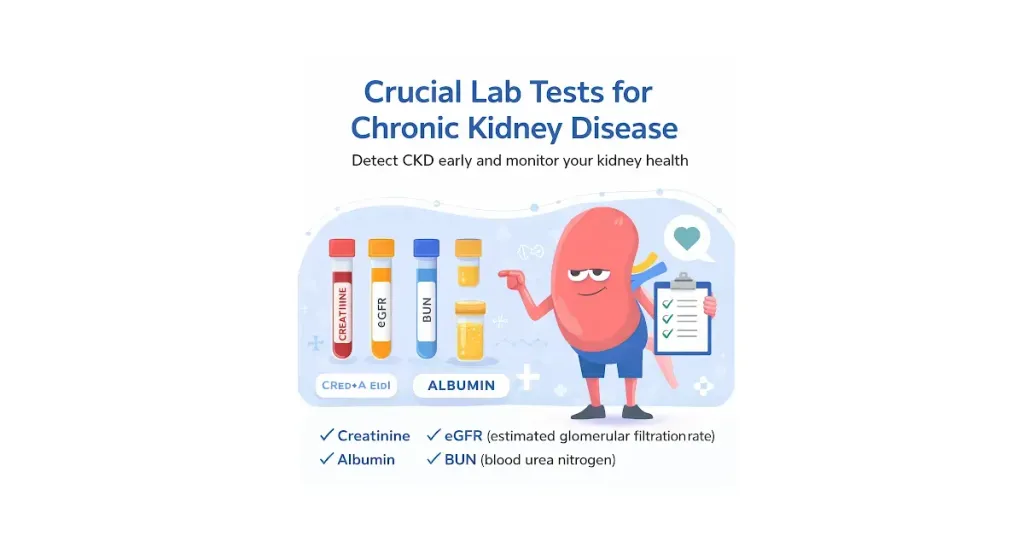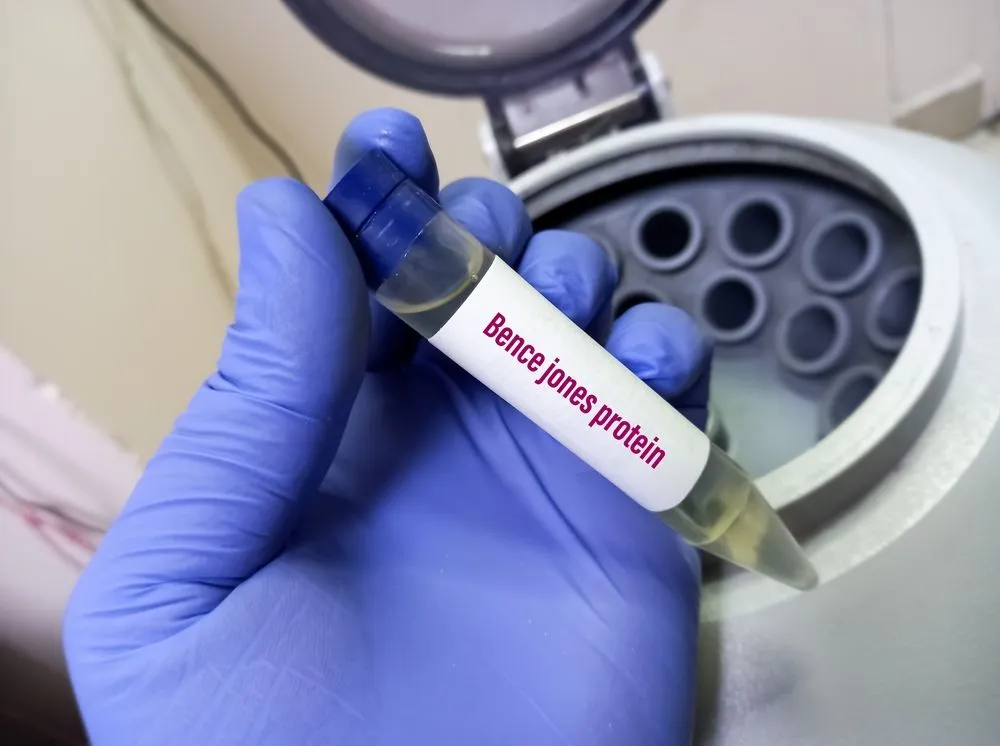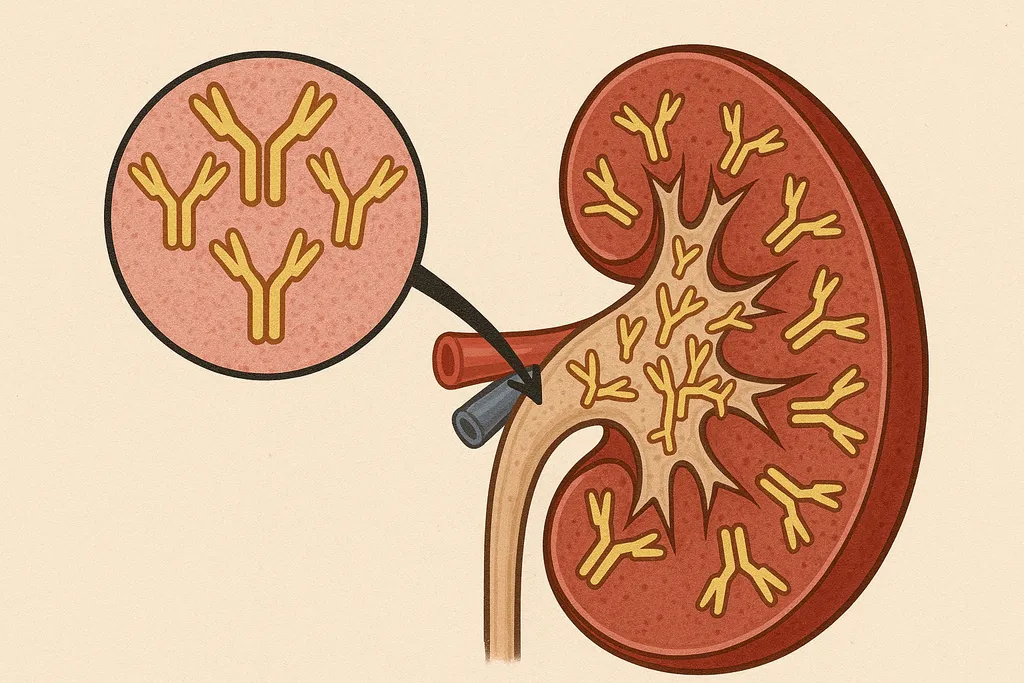What Is Nonsecretory Multiple Myeloma?

Multiple myeloma is the second most commonly diagnosed blood cancer in the United States. To diagnose myeloma, a bone marrow biopsy is needed, since myeloma is characterized by an abnormal overproduction of plasma cells in the bone marrow.
Plasma cells are part of the immune system and produce immunoglobulins; when they are defective due to myeloma, they produce excessive amounts of immunoglobulins and a characteristic protein called monoclonal protein or M-spike protein. Usually, to confirm and monitor myeloma, doctors draw a blood and urine sample and look for the monoclonal protein that abnormal plasma cells produce.
Myeloma can be classified into different subtypes according to the protein that plasma cells produce:
- Full immunoglobulin and free light chain: about 80% of myeloma patients produce complete immunoglobulin, making them secretory myeloma patients
- Lots of light chain with little to no full immunoglobulin: is considered as the subtype of light chain only myeloma. Approximately 15-18% of patients fall under this category
- There is also the term “oligosecretory” meaning that a patient produces small amounts of proteins.
- Little to no production of any immunoglobulin: is classified as nonsecretory myeloma, 2-3% of myeloma patients are in this category
Currently, the diagnosis tests and treatment recommendations for nonsecretory myeloma are the same as those for secretory myeloma.
Due to the low incidence of nonsecretory myeloma cases, most of what we know today comes from retrospective studies on small groups of patients and case reports.
Can Secretory Myeloma Progress to Nonsecretory Myeloma?
Sometimes, a secretory myeloma can evolve and become a nonsecretory patient. Although it is relatively uncommon, it is possible that in some patients, after years of treatment, plasma cells lose the ability to produce the detectable protein, reflecting changes consistent with nonsecretory myeloma.
Changing from secretory myeloma to nonsecretory myeloma doesn’t necessarily mean that the disease will be more aggressive. That is dictated by genetics, overall health, and response to treatment. However, having a nonsecretory myeloma type can represent other challenges, especially when trying to monitor the myeloma or entering a clinical trial which will be explained further in the article.
How is Nonsecretory Multiple Myeloma Detected and Monitored?
Monitoring the effectiveness of multiple myeloma treatment remains a problem, as it is usually based on assessing the percentage of plasma cells in the bone marrow and imaging studies.
There are some ways doctors can know if a patient has evolved to nonsecretory myeloma. For all myeloma types, a bone marrow biopsy is helpful to measure the plasma cell percentage in the bone marrow. The nonsecretory type is a clinical challenge because it is not monitored the same way as secretory myeloma with blood tests that demonstrate a monoclonal protein. However, other tests can be helpful to monitor nonsecretory myeloma evolution. Since the blood tests will be less likely to be precise, imaging work such as PET scans is particularly helpful.
What Challenges do Nonsecretory Patients Face?
One challenge is being monitored since the lab values may differ from secretory myeloma. With only blood labwork, such as looking for the monoclonal protein or light chains; they may not demonstrate how myeloma affects a person’s symptoms. So it’s up to doctors to pay attention to how a patient feels, using clinical examination and the other tests mentioned, such as imaging or bone marrow biopsies.
Not being able to have an accurate insight of the myeloma status with blood labwork it’s a challenge for patients since the other procedures require more time and might be more uncomfortable.
Another challenge is participating in clinical trials since many nonsecretory myeloma patients might be excluded. This is due to the study requirements of having an easily measurable parameter that doesn’t require much time, resources, or effort, adding to the fact that the nonsecretory myeloma community is significantly smaller (1-5%) compared to secretory myeloma.
Sharing the Experience of a Nonsecretory Myeloma Patient
A recent article published by CURE sheds light on Vicky Jones, a 71-year-old patient from Spokane, Washington. She remains active in the HealthTree community, promoting self-advocacy and sharing her nonsecretory multiple myeloma journey.
It’s been nearly 20 years since Vicki Jones was diagnosed with nonsecretory multiple myeloma; much of this time has revolved around monthly blood tests to monitor levels of the immunoglobulin A lambda (IgA) protein secreted by myeloma cells.
“For 17 years, IgA was a completely reliable marker,” Vicky says. “We tested it every month and knew exactly whether chemotherapy was working. I had a stem cell transplant in 2007 and was on many different chemotherapy types after that. I was never in a complete remission.”
Vicky mentioned that her IgA levels had been consistent for several years. She noted that the next month’s IgA result had dropped again, this time to the best numbers they had ever been.
“That’s when I said, ‘That’s not the way things go for me,’” she says. “‘Miracles do happen, but I don’t think this is one. Something is wrong.’”
“I had relapsed big time,” she says. “I had 80% myeloma cells in my bone marrow, which is huge. That number had always been about 15% at the most through the years.”
Her myeloma had become nonsecretory myeloma. “I felt like I had been diagnosed all over again,” Vicky stated.
Receiving a diagnosis of a nonsecretory disease can be overwhelming and frightening to many patients, as happened with Vicky Jones, who shared her story. This is why it’s imperative to research all myeloma types, including the least common.
You can continue reading about Vicky’s story here.
How Long Can Patients with Nonsecretory Myeloma Live?
According to myeloma specialist Dr. Sascha Tuchman, the four-year overall survival is 53% for nonsecretory myeloma patients compared to 59% for secretory. However, patients like Vicky have lived over 20 years after their diagnosis.
WATCH THE RECORDING FOR NONSECRETORY GUIDE
In this HealthTree Nonsecretory Community Chapter, myeloma specialist, Dr. Sacha Tuchman, presents a comprehensive guide on nonsecretory myeloma.
Connect and Get Help From Patients Like You With HealthTree
Have you thought about joining the Nonsecretory Myeloma Educational Group? This chapter is a place for you to learn, connect with, and support other patients and caregivers on their precursor myeloma journey. It meets once every two months.
Receiving a cancer diagnosis is not easy and requires skills and direction. Our team of patient and caregiver volunteers is here to help you navigate this diagnosis with a compass, not a map. We can help guide you in finding and using the best resources so you can better navigate your care.
Coaches can provide guidance on finding a specialist, learning about financial aid, or using online and digital resources to help you live longer and better.
Sources:
- Non-Secretory Multiple Myeloma: A New Observation and Review of the Literature
- Outcome and characteristics of nonsecretory multiple myeloma compared with secretory multiple myeloma: a retrospective multicenter study from China
Multiple myeloma is the second most commonly diagnosed blood cancer in the United States. To diagnose myeloma, a bone marrow biopsy is needed, since myeloma is characterized by an abnormal overproduction of plasma cells in the bone marrow.
Plasma cells are part of the immune system and produce immunoglobulins; when they are defective due to myeloma, they produce excessive amounts of immunoglobulins and a characteristic protein called monoclonal protein or M-spike protein. Usually, to confirm and monitor myeloma, doctors draw a blood and urine sample and look for the monoclonal protein that abnormal plasma cells produce.
Myeloma can be classified into different subtypes according to the protein that plasma cells produce:
- Full immunoglobulin and free light chain: about 80% of myeloma patients produce complete immunoglobulin, making them secretory myeloma patients
- Lots of light chain with little to no full immunoglobulin: is considered as the subtype of light chain only myeloma. Approximately 15-18% of patients fall under this category
- There is also the term “oligosecretory” meaning that a patient produces small amounts of proteins.
- Little to no production of any immunoglobulin: is classified as nonsecretory myeloma, 2-3% of myeloma patients are in this category
Currently, the diagnosis tests and treatment recommendations for nonsecretory myeloma are the same as those for secretory myeloma.
Due to the low incidence of nonsecretory myeloma cases, most of what we know today comes from retrospective studies on small groups of patients and case reports.
Can Secretory Myeloma Progress to Nonsecretory Myeloma?
Sometimes, a secretory myeloma can evolve and become a nonsecretory patient. Although it is relatively uncommon, it is possible that in some patients, after years of treatment, plasma cells lose the ability to produce the detectable protein, reflecting changes consistent with nonsecretory myeloma.
Changing from secretory myeloma to nonsecretory myeloma doesn’t necessarily mean that the disease will be more aggressive. That is dictated by genetics, overall health, and response to treatment. However, having a nonsecretory myeloma type can represent other challenges, especially when trying to monitor the myeloma or entering a clinical trial which will be explained further in the article.
How is Nonsecretory Multiple Myeloma Detected and Monitored?
Monitoring the effectiveness of multiple myeloma treatment remains a problem, as it is usually based on assessing the percentage of plasma cells in the bone marrow and imaging studies.
There are some ways doctors can know if a patient has evolved to nonsecretory myeloma. For all myeloma types, a bone marrow biopsy is helpful to measure the plasma cell percentage in the bone marrow. The nonsecretory type is a clinical challenge because it is not monitored the same way as secretory myeloma with blood tests that demonstrate a monoclonal protein. However, other tests can be helpful to monitor nonsecretory myeloma evolution. Since the blood tests will be less likely to be precise, imaging work such as PET scans is particularly helpful.
What Challenges do Nonsecretory Patients Face?
One challenge is being monitored since the lab values may differ from secretory myeloma. With only blood labwork, such as looking for the monoclonal protein or light chains; they may not demonstrate how myeloma affects a person’s symptoms. So it’s up to doctors to pay attention to how a patient feels, using clinical examination and the other tests mentioned, such as imaging or bone marrow biopsies.
Not being able to have an accurate insight of the myeloma status with blood labwork it’s a challenge for patients since the other procedures require more time and might be more uncomfortable.
Another challenge is participating in clinical trials since many nonsecretory myeloma patients might be excluded. This is due to the study requirements of having an easily measurable parameter that doesn’t require much time, resources, or effort, adding to the fact that the nonsecretory myeloma community is significantly smaller (1-5%) compared to secretory myeloma.
Sharing the Experience of a Nonsecretory Myeloma Patient
A recent article published by CURE sheds light on Vicky Jones, a 71-year-old patient from Spokane, Washington. She remains active in the HealthTree community, promoting self-advocacy and sharing her nonsecretory multiple myeloma journey.
It’s been nearly 20 years since Vicki Jones was diagnosed with nonsecretory multiple myeloma; much of this time has revolved around monthly blood tests to monitor levels of the immunoglobulin A lambda (IgA) protein secreted by myeloma cells.
“For 17 years, IgA was a completely reliable marker,” Vicky says. “We tested it every month and knew exactly whether chemotherapy was working. I had a stem cell transplant in 2007 and was on many different chemotherapy types after that. I was never in a complete remission.”
Vicky mentioned that her IgA levels had been consistent for several years. She noted that the next month’s IgA result had dropped again, this time to the best numbers they had ever been.
“That’s when I said, ‘That’s not the way things go for me,’” she says. “‘Miracles do happen, but I don’t think this is one. Something is wrong.’”
“I had relapsed big time,” she says. “I had 80% myeloma cells in my bone marrow, which is huge. That number had always been about 15% at the most through the years.”
Her myeloma had become nonsecretory myeloma. “I felt like I had been diagnosed all over again,” Vicky stated.
Receiving a diagnosis of a nonsecretory disease can be overwhelming and frightening to many patients, as happened with Vicky Jones, who shared her story. This is why it’s imperative to research all myeloma types, including the least common.
You can continue reading about Vicky’s story here.
How Long Can Patients with Nonsecretory Myeloma Live?
According to myeloma specialist Dr. Sascha Tuchman, the four-year overall survival is 53% for nonsecretory myeloma patients compared to 59% for secretory. However, patients like Vicky have lived over 20 years after their diagnosis.
WATCH THE RECORDING FOR NONSECRETORY GUIDE
In this HealthTree Nonsecretory Community Chapter, myeloma specialist, Dr. Sacha Tuchman, presents a comprehensive guide on nonsecretory myeloma.
Connect and Get Help From Patients Like You With HealthTree
Have you thought about joining the Nonsecretory Myeloma Educational Group? This chapter is a place for you to learn, connect with, and support other patients and caregivers on their precursor myeloma journey. It meets once every two months.
Receiving a cancer diagnosis is not easy and requires skills and direction. Our team of patient and caregiver volunteers is here to help you navigate this diagnosis with a compass, not a map. We can help guide you in finding and using the best resources so you can better navigate your care.
Coaches can provide guidance on finding a specialist, learning about financial aid, or using online and digital resources to help you live longer and better.
Sources:
- Non-Secretory Multiple Myeloma: A New Observation and Review of the Literature
- Outcome and characteristics of nonsecretory multiple myeloma compared with secretory multiple myeloma: a retrospective multicenter study from China

about the author
Jimena Vicencio
Jimena is an International Medical Graduate and a member of the HealthTree Writing team. She has a passion for languages and is currently learning Japanese. In her free time, she loves playing with her cats. Jimena is also pursuing a bachelor's degree in journalism.
More on Core Education
Trending Articles
Upcoming Events




Get the Latest Multiple Myeloma Updates, Delivered to You.
By subscribing to the HealthTree newsletter, you'll receive the latest research, treatment updates, and expert insights to help you navigate your health.
Together we care.
Together we cure.
3x Faster.













